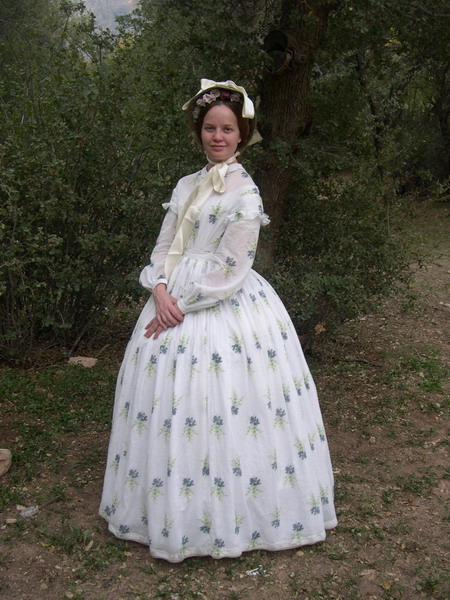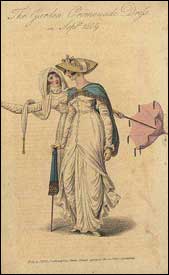| Главная » Каталог сайтов » История костюма » Ампир - женский костюм |
| В категории сайтов: 13 Показано сайтов: 1-13 |
Сортировать по: Дате · Названию · Рейтингу · Переходам
|
|
 |
|
|
|
«Античная мода» с 1794 года распространяется по всей Европе и, по сути говоря, открывает историю костюма 19 века.
Несмотря на то, что европейских монархов ужасали события во Франции, мода перешагнула политические и географические границы и вместе со своей союзницей-торговлей беспрепятственно прошла по всем европейским странам. В Англии она проявилась несколько более сдержанно, не в таком откровенно оголенном виде, в Германии, наоборот, с некоторой нарочитой грубостью. В России поначалу, несмотря на суровый климат и длинную зиму, довольно точно скопировали эту моду. |
|
Kalen, the wardrobe's yours....
I’m back this week to talk about women’s clothing. There are lots of layers to those reportedly scantily Let’s start from the skin out. The very first thing our heroine puts on is her chemise |
ChemisetteA
few years ago I decided to have a go at making a chemisette. The
pattern I tried to copy was from Janet Arnold's Patterns of Fashion, but
never finished it becuase I wasn't too happy with the way it looked.
The fact that it was made from polyester/cotton might have had something
to do with it. |
The ChemisetteRegency fashion (1800-1820) was based on classical principles of flowing Grecian robes. Although gowns enjoyed thin fabric and plunging necklines for evening wear, day dresses required something a little more substantial both for the sake of modesty and comfort in drafty old houses. A tucker or chemisette (a side opening half blouse) answered perfectly, filling in during the day, and able to be removed in the evening should the occasion so require it. They had the additional benefit of being able to be worn with any number of gowns further expanding the wardrobe. |
 |








